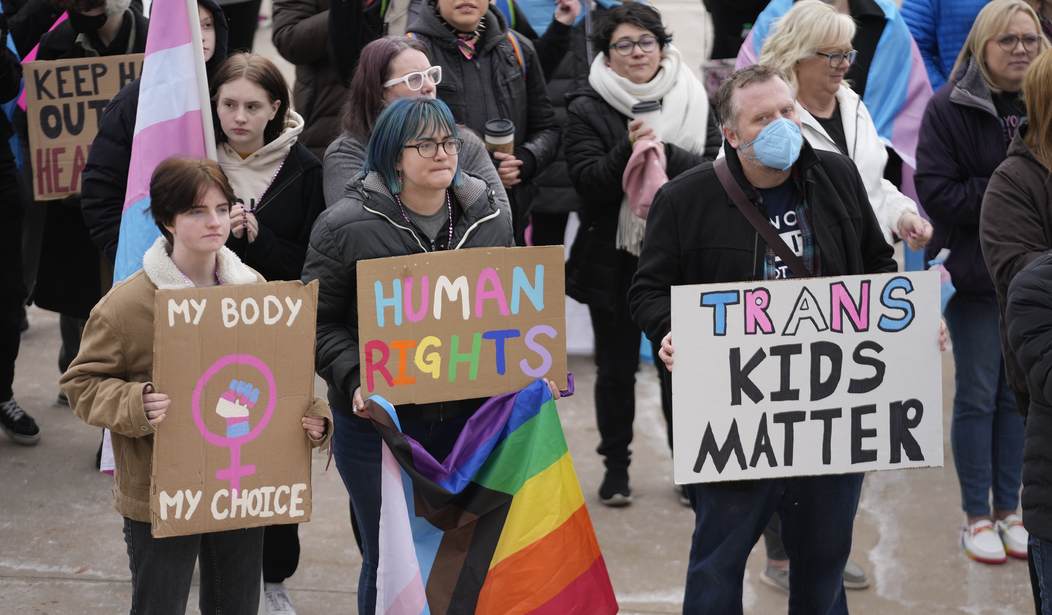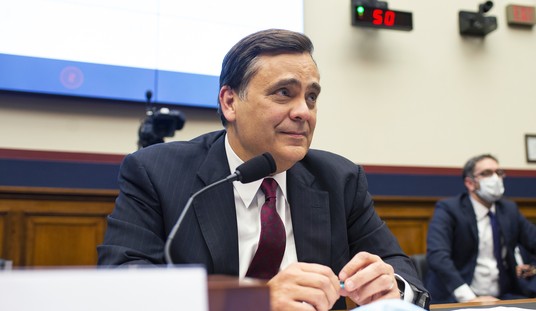Between 2017 and 2020, the number of "trans-identifying" youth nearly doubled. The rise was so dramatic that even The New York Times questioned whether peer pressure played a role. After all, if transgenderism is simply a representation of one's "true" self, why does it look so much like a social contagion driven by more recent cultural influences?
A new landmark study is providing some context to that question and offering pushback against the proliferation of "gender-affirming care" for minors.
Researchers in the Netherlands collected data from 2,700 children beginning at age 11 until they turned 25. In doing so, they polled them on their level of discontent with their gender and found that a majority grew out of any confusion they were experiencing.
Results showed at the start of the research, around one-in-10 children (11 percent) expressed 'gender non-contentedness' to varying degrees.
But by age 25, just one-in-25 (4 percent) said they 'often' or 'sometimes' were discontent with their gender.
The researchers concluded: 'The results of the current study might help adolescents to realize that it is normal to have some doubts about one’s identity and one’s gender identity during this age period and that this is also relatively common.'
What this means is simple: The current institutionally-pushed trend, from the White House to the American Medical Association, of "affirming" and "transitioning" children is leaving them permanently damaged and unable to naturally work through their issues. From surgeries to hormone blockers, the "care" being given isn't care at all and is counter-productive to a child becoming comfortable with their natural body.
Confusion among children about gender is not new. What is new is treating it as a medical issue instead of a mental health issue. Children who feel uncomfortable about their bodies don't need adults pumping them full of drugs and telling them to dress like the opposite sex. They need adults to tell them the truth and guide them through what has always been a chaotic, confusing period for adolescents.
Patrick Brown of the Ethics and Public Policy Center responded to the study.
'The fact that rates of satisfaction are lower even just a few years later suggests that for the vast majority of people, prudence and caution, rather than a rush towards permanent surgeries or hormone therapies, will be the best approach for teenagers struggling to make sense of the world and their place in it.
'As such, policies that prohibit gender transition for minors make a great deal of sense.'
Unfortunately, there is a lot of money to be made by "transitioning" children, and the medical establishment is firmly behind the practice. Recently, the American Academy of Pediatrics proclaimed that not providing "gender-affirming care" is tantamount to child abuse.
READ: Leading US Pediatricians Claim Denying 'Gender-Affirming Care' to 'Trans' Kids Is Child Abuse
How do you change a status quo like that? It won't be easy, and it doesn't appear any amount of data will be enough. That means a lot more children are going to be harmed by those seeking to "affirm" their gender confusion. At its core, the practice is taking advantage of adolescent realities for personal and ideological gain.
Returning to the beginning of this piece, the significant increase in the number of "trans-identifying" youth looks like a social contagion driven by confusion and cultural pressures because that's exactly what it is. Children should be protected, not thrown into the fire of medical experimentation so adults with mental health issues can feel better about their life choices.












